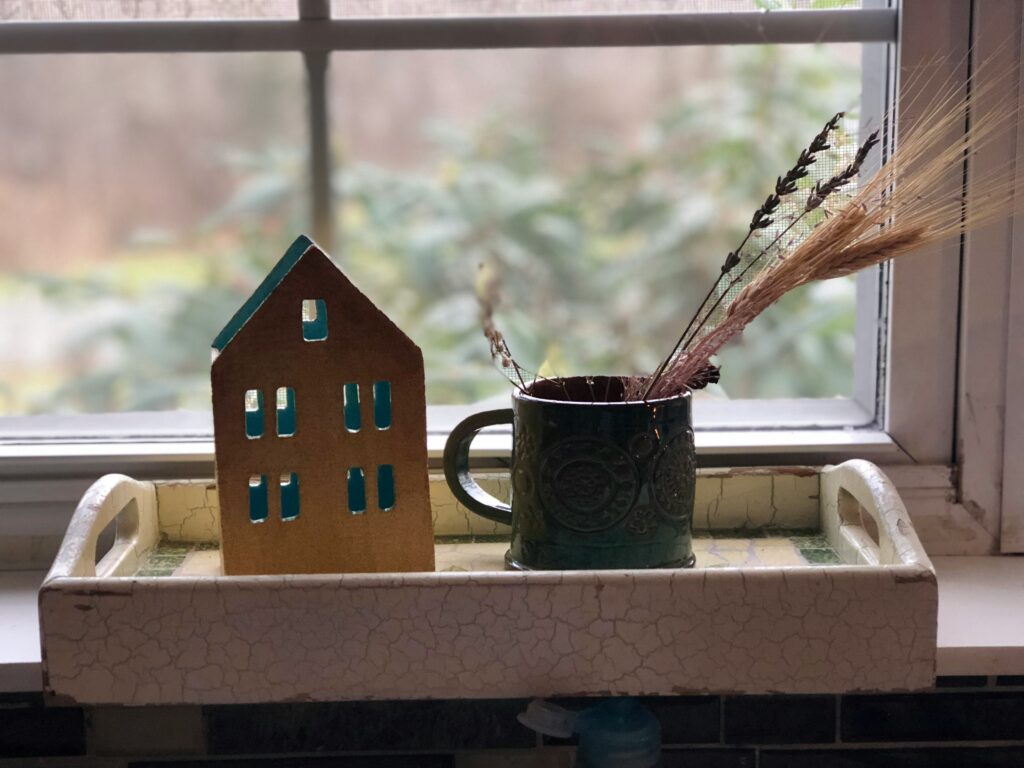Why Home Updates Don’t Have to Break the Bank
Modernizing your home doesn’t mean draining your savings. A fresh space can come from small, focused changes that cost less but look like more. Swapping out cabinet handles, repainting a tired wall, or updating light fixtures can reset the tone of a room in a weekend—and all for under what you’d spend on a new pair of shoes.
Why should you care? Because a well-updated space feels good to live in. It’s about ownership, not just aesthetics. You don’t need five figures and a designer. You need vision, a solid plan, and the willingness to do a bit of the work yourself.
Leaning into DIY isn’t just budget-friendly—it’s empowering. A shelf you installed or a wall you painted brings in more than visual value. It says, “I made this better.” And in these times, with supply chains tight and costs high, that kind of self-reliance goes a long way.
If you’re strategic, disciplined, and willing to roll up your sleeves, you’ll be surprised how much you can change with how little. That’s the foundation. Everything else builds from there.
Strategy 1: Prioritize High-Impact Rooms
If your budget or energy is limited, don’t try to update your entire home at once. Start with the areas that guests (and you) use daily: the kitchen, bathroom, and entryway. These rooms set the tone and can make your place feel more modern with minimal effort.
Quick wins matter here. Swapping out cabinet handles, faucet fixtures, or lighting for cleaner, more current styles can instantly lift a space. Even a fresh coat of paint—especially in high-contrast tones or soft neutrals—can trick the eye into thinking a full remodel happened. New switch plates, towel bars, or doormats don’t cost much but add up fast in terms of impact.
Stick to upgrades with low price tags but high visual return. Paint over tile instead of replacing it. Replace your dated kitchen backsplash with peel-and-stick tiles. Switch old bathroom mirrors for sleeker ones from secondhand stores or discount sites. These are simple refreshes that require more time than money—and can completely change how a room feels.
Strategy 2: Embrace DIY Where It Counts
If you’re new to home updates, stick with projects that offer a solid return without too much complexity. Painting is the starting line: it’s cost-effective, forgiving, and instantly transforms a space. Tiling—think backsplash or small bathroom jobs—requires more patience, but you’ll get the hang of it. Shelving is another beginner-friendly win. It adds function and style, and most setups only need basic measuring and drilling.
That said, know where the line is. Electrical work, plumbing beyond a leaky faucet, or anything involving structural changes? Not worth the risk. Call in a pro. But for surface-level improvements that don’t get invasive, you can learn as you go.
Every DIYer needs a few reliable tools: a power drill, level, measuring tape, stud finder, multi-bit screwdriver, and a utility knife for starters. For tiling, add a notched trowel and tile cutter to the mix. Don’t forget painter’s tape and drop cloths—they make cleanup less brutal.
A solid place to start your setup: this Must-Have Tools for Successful DIY Renovators guide covers the essentials without upselling fluff.
Strategy 3: Shop Smart, Plan Smarter
Let’s get clear: not every upgrade needs cash up front. The trick is knowing where to invest now, and what to push to phase two (or three). Spend early on things that affect function—leaky faucets, poor lighting, drafty windows. These small fixes impact daily life fast. Hold off on the pricey aesthetic stuff—light fixtures, open shelving, mid-century chairs—until you’ve nailed the basics.
Stretch your budget by shopping like a pro. Salvage yards are goldmines if you know what you’re looking for. Auctions can surprise you with solid wood cabinets going for half the store price. Online marketplaces, especially local ones, are full of deals from folks offloading gently used tile, flooring, or even entire vanities.
Don’t skip the planning stage. Mood boards sound cute, but they save money by keeping you focused. Free apps like Canva, Pinterest, or even Google Slides let you visualize the look before you buy. Stick to your board, avoid impulse purchases, and your space will feel pulled together without draining your wallet.
Strategy 4: Go Green and Save Long-Term
Energy efficiency isn’t a buzzword—it’s a game plan. Some of the smartest ways to modernize your home also cut your utility bills from day one. Start with LED bulbs. They use a fraction of the energy, last longer, and you can swap them in without touching anything else. Simple, cheap, done.
Next step: smart thermostats. These little devices learn your habits and heat or cool your home without wasting resources—or money. Set it once, tweak if you need to, and let it do the heavy lifting. Then there’s weatherproofing. Basic fixes like sealing air leaks, adding door sweeps, or insulating windows can make your space more comfortable and reduce heating or cooling costs. None of it is flashy—but the savings add up fast.
Think of these changes as foundational. They’re low-cost, low-effort, and their impact hits both your wallet and your carbon footprint. That’s the real win: sustainability that actually pays off.
Strategy 5: Mix Modern with What You Already Have
Modernizing your space doesn’t mean gutting it. Sometimes, the smartest updates come down to working with what you’ve got. That old dresser? Repaint it in a matte black or sage green. Swap out hardware for clean, contemporary pulls. Boom—fresh look, no landfill waste.
Contrast does the heavy lifting here. Keep your vintage coffee table, but frame it with a minimal sofa. Pair a classic wood floor with sleek, modern lighting. It’s not about erasing character—it’s about sharpening the edges with intentional updates.
Layering is the secret weapon. Throw a chunky-knit throw over a leather chair. Mix linen curtains with metal fixtures. Use lighting at different heights: floor lamp, pendant, subtle under-cabinet glow. The goal? Depth and warmth—not just visual, but emotional. You’re not just updating a space; you’re making it feel lived-in, on purpose.
This strategy is about mindfulness, not money. Know what to keep, what to tweak, and where a little contrast can do more than a complete overhaul.
Final Thoughts: Clean Lines, Clear Priorities
Modern gets mislabeled a lot. People often hear it and think: sleek, cold, pricey. But modern design isn’t about stripping everything down or spending a fortune. It’s about clarity—design that makes sense and suits how you actually live. It’s clean, yes, but also intentional and personal.
Function matters just as much as looks. That could mean a smarter kitchen layout, a better spot for working from home, or simply better lighting in a hallway you use every day. You don’t need to gut your house—just improve how your spaces work for you.
And don’t let perfect be the enemy of done. Refresh that one room you use the most. Update it with purpose. Modernizing your home is a process, not a single weekend project. Go one step at a time, focus on what matters, and make it yours.



